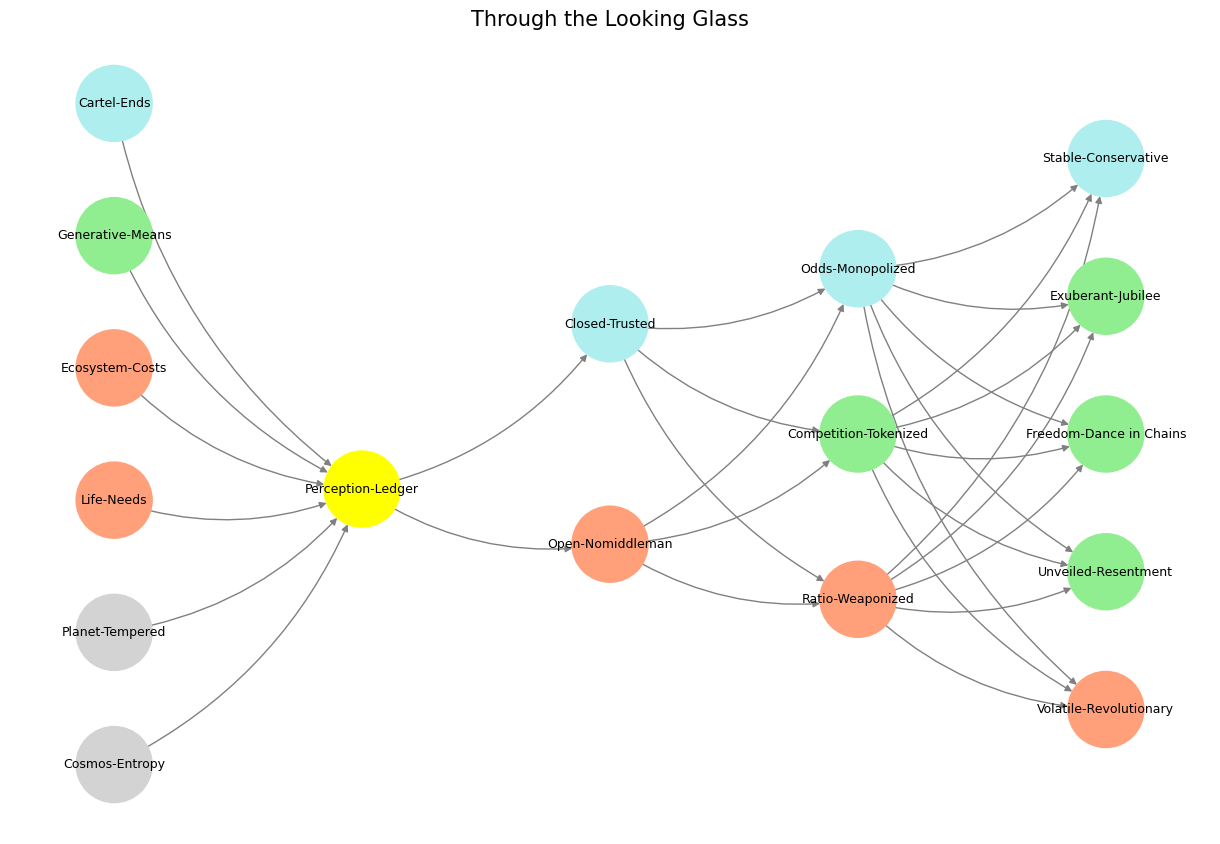Revolution#
Yes—if you frame love as a kind of rightful rule, then A Midsummer Night’s Dream is full of usurpation. The heart is a kingdom, and almost every romantic entanglement in the play involves someone trying to dethrone its rightful sovereign and seize control.
The most obvious example is Demetrius—a usurper of Hermia’s heart. She loves Lysander, but her father, Egeus, insists she marry Demetrius, who has essentially stolen the affections once given to Helena. Demetrius’s love is fickle and opportunistic; he shifts his devotion based on social convenience and patriarchal coercion. He wants Hermia not because of some deep, enduring passion, but because he has the legal right to her. If love were a monarchy, Demetrius is the pretender to the throne, relying on external legitimacy (Egeus and the law of Athens) rather than true affection.
Meanwhile, Lysander is a counter-usurper—he fights to overthrow Demetrius’s claim by eloping with Hermia, restoring the natural order where love is based on mutual choice rather than force. This makes A Midsummer Night’s Dream a love-play about contested sovereignty: who truly rules the heart? Law? Custom? Magic? The lovers’ flight into the forest is a kind of coup attempt, seeking refuge in a realm outside the rigid laws of Athens.
Then there’s Titania and Oberon, a battle of divine usurpation. Oberon essentially magically overthrows Titania’s heart, forcing her to transfer her affections from her changeling boy to the absurd figure of Bottom. This is Shakespeare’s cruelest example of romantic usurpation—it’s not just persuasion or trickery, but literal enchantment, reducing love to something that can be manipulated like a political chess move.
And yet, by the end, all the stolen hearts are restored—Demetrius, under the influence of magic, permanently falls for Helena, while Hermia and Lysander are reunited. Shakespeare, ever the pragmatist, doesn’t concern himself with whether Demetrius’s love is “real” or merely the result of an enchantment too convenient to undo. The play treats love itself as a kind of ever-shifting power structure—no heart is completely safe from usurpation, because desire is as chaotic as the fairy magic that governs it.
So yes, A Midsummer Night’s Dream is full of romantic usurpation, but unlike Othello or Macbeth, where such power struggles end in tragedy, here they are part of the game of love. Usurpation isn’t something to be mourned—it’s something to be laughed at, a reminder that love is always in flux, and that hearts, like kingdoms, can be won, lost, and restored with a little mischief.
Fig. 20 What Exactly is Identity. A node may represent goats (in general) and another sheep (in general). But the identity of any specific animal (not its species) is a network. For this reason we might have a “black sheep”, distinct in certain ways – perhaps more like a goat than other sheep. But that’s all dull stuff. Mistaken identity is often the fuel of comedy, usually when the adversarial is mistaken for the cooperative or even the transactional.#
Show code cell source
import numpy as np
import matplotlib.pyplot as plt
import networkx as nx
# Define the neural network fractal
def define_layers():
return {
'World': ['Cosmos-Entropy', 'Planet-Tempered', 'Life-Needs', 'Ecosystem-Costs', 'Generative-Means', 'Cartel-Ends', ], # Polytheism, Olympus, Kingdom
'Perception': ['Perception-Ledger'], # God, Judgement Day, Key
'Agency': ['Open-Nomiddleman', 'Closed-Trusted'], # Evil & Good
'Generative': ['Ratio-Weaponized', 'Competition-Tokenized', 'Odds-Monopolized'], # Dynamics, Compromises
'Physical': ['Volatile-Revolutionary', 'Unveiled-Resentment', 'Freedom-Dance in Chains', 'Exuberant-Jubilee', 'Stable-Conservative'] # Values
}
# Assign colors to nodes
def assign_colors():
color_map = {
'yellow': ['Perception-Ledger'],
'paleturquoise': ['Cartel-Ends', 'Closed-Trusted', 'Odds-Monopolized', 'Stable-Conservative'],
'lightgreen': ['Generative-Means', 'Competition-Tokenized', 'Exuberant-Jubilee', 'Freedom-Dance in Chains', 'Unveiled-Resentment'],
'lightsalmon': [
'Life-Needs', 'Ecosystem-Costs', 'Open-Nomiddleman', # Ecosystem = Red Queen = Prometheus = Sacrifice
'Ratio-Weaponized', 'Volatile-Revolutionary'
],
}
return {node: color for color, nodes in color_map.items() for node in nodes}
# Calculate positions for nodes
def calculate_positions(layer, x_offset):
y_positions = np.linspace(-len(layer) / 2, len(layer) / 2, len(layer))
return [(x_offset, y) for y in y_positions]
# Create and visualize the neural network graph
def visualize_nn():
layers = define_layers()
colors = assign_colors()
G = nx.DiGraph()
pos = {}
node_colors = []
# Add nodes and assign positions
for i, (layer_name, nodes) in enumerate(layers.items()):
positions = calculate_positions(nodes, x_offset=i * 2)
for node, position in zip(nodes, positions):
G.add_node(node, layer=layer_name)
pos[node] = position
node_colors.append(colors.get(node, 'lightgray')) # Default color fallback
# Add edges (automated for consecutive layers)
layer_names = list(layers.keys())
for i in range(len(layer_names) - 1):
source_layer, target_layer = layer_names[i], layer_names[i + 1]
for source in layers[source_layer]:
for target in layers[target_layer]:
G.add_edge(source, target)
# Draw the graph
plt.figure(figsize=(12, 8))
nx.draw(
G, pos, with_labels=True, node_color=node_colors, edge_color='gray',
node_size=3000, font_size=9, connectionstyle="arc3,rad=0.2"
)
plt.title("Through the Looking Glass", fontsize=15)
plt.show()
# Run the visualization
visualize_nn()


Fig. 21 Psilocybin is itself biologically inactive but is quickly converted by the body to psilocin, which has mind-altering effects similar, in some aspects, to those of other classical psychedelics. Effects include euphoria, hallucinations, changes in perception, a distorted sense of time, and perceived spiritual experiences. It can also cause adverse reactions such as nausea and panic attacks. In Nahuatl, the language of the Aztecs, the mushrooms were called teonanácatl—literally “divine mushroom.” Source: Wikipedia#

